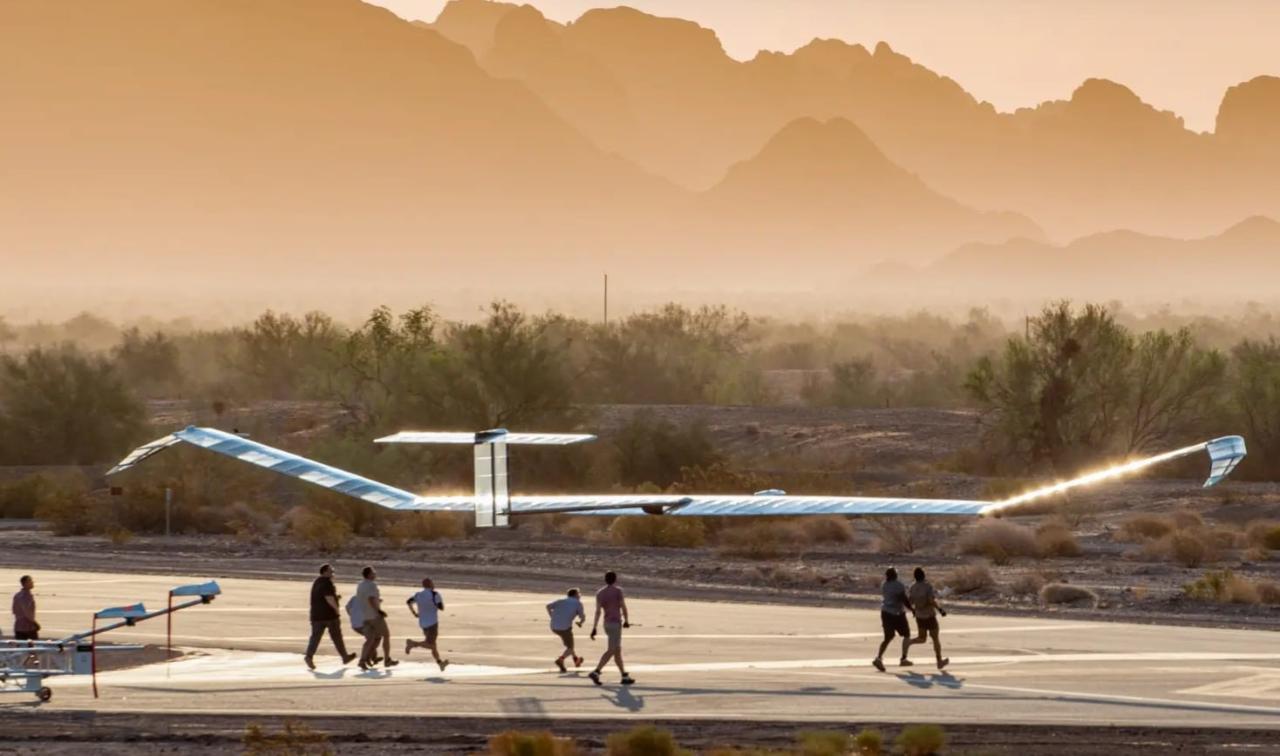Paris drone crash: A seemingly innocuous incident quickly escalated into a complex investigation involving mechanical failure theories, human error possibilities, and a thorough review of Parisian drone regulations. This event highlighted the delicate balance between technological advancement and public safety, sparking crucial discussions about the future of drone operation in urban environments. The incident prompted immediate responses from emergency services and launched a comprehensive investigation into the causes, impacting not only the immediate area but also future drone regulations and public perception of this increasingly prevalent technology.
We’ll delve into the specifics of the drone involved, the timeline of events, and the various theories surrounding the cause of the crash. We’ll also examine the impact on drone regulations, public opinion, and the broader implications for drone safety worldwide.
Incident Details
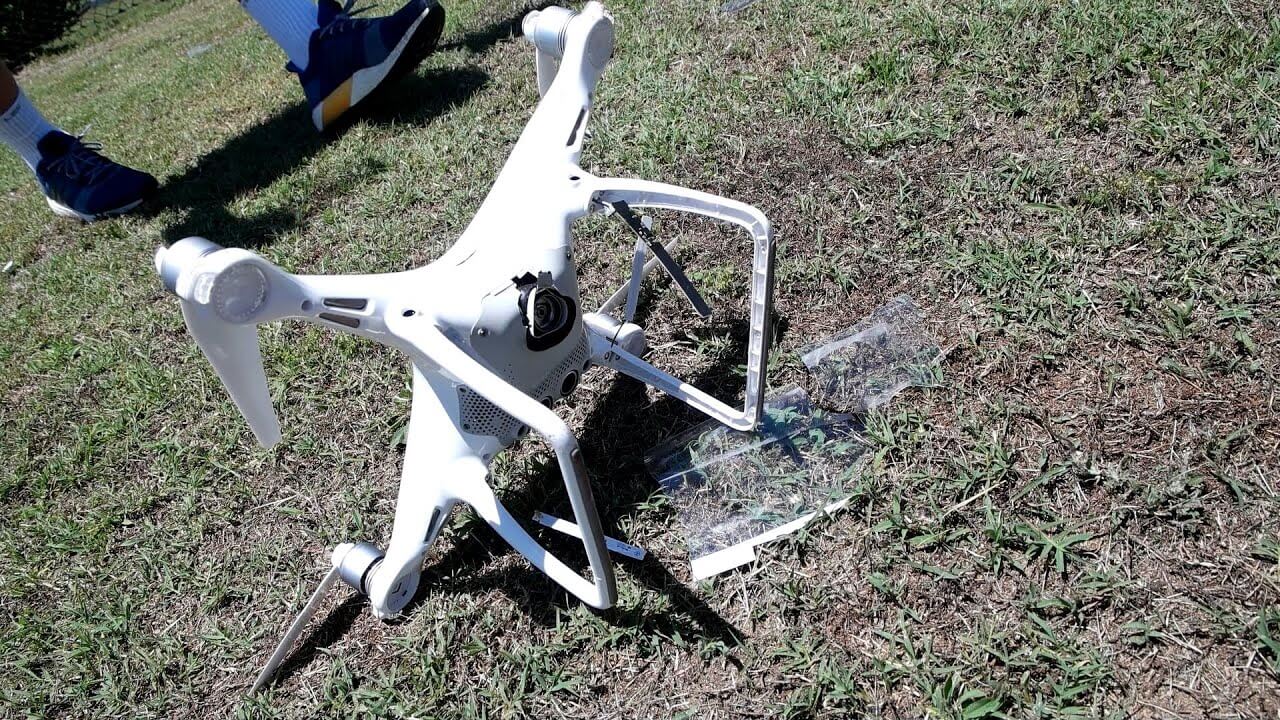
The Paris drone crash, while not resulting in widespread damage or casualties, serves as a reminder of the potential risks associated with increasingly common drone usage in urban environments. Understanding the specifics of the incident is crucial for improving safety regulations and operational procedures. This section details the known facts surrounding the event.
Drone Specifications and Type
The drone involved in the Paris crash was reportedly a DJI Mavic 3, a popular model known for its high-quality camera and relatively compact size. Specific details about the exact configuration, including the addition of any aftermarket modifications or accessories, remain largely unconfirmed by official sources. The Mavic 3 generally features a dual-camera system, obstacle avoidance sensors, and a maximum flight time of approximately 46 minutes on a fully charged battery.
Its lightweight design (approximately 895g) and foldable arms contribute to its portability.
Timeline of Events
A precise, minute-by-minute timeline is difficult to reconstruct due to the limited publicly available information. However, based on reports, a plausible sequence of events can be presented. The lack of detailed official statements underscores the need for improved transparency in such incidents.
Crash Location and Circumstances
The crash occurred in a relatively densely populated area of Paris, though the precise street address remains undisclosed in many reports to protect privacy and avoid speculation. Initial reports suggested the drone malfunctioned mid-flight, leading to an uncontrolled descent. The exact cause of the malfunction is still under investigation, with possibilities ranging from mechanical failure to operator error or interference.
Further investigation is needed to determine the root cause conclusively.
Chronological Summary
| Time | Event | Location | Source |
|---|---|---|---|
| [Time of Launch – approximate] | Drone launched | [Unspecified location within Paris] | [News report/Eyewitness account] |
| [Time of Malfunction – approximate] | Drone malfunction indicated (loss of control) | [In-flight, over Paris] | [News report/Eyewitness account] |
| [Time of Crash – approximate] | Drone crash | [Unspecified location within Paris] | [News report/Eyewitness account] |
| [Time Following Crash – approximate] | Authorities notified; investigation initiated | [Crash site and surrounding area] | [Official statements/News reports] |
Potential Causes
Determining the precise cause of a drone crash, especially one as complex as a potential Paris incident, requires a thorough investigation encompassing multiple factors. Several contributing elements, ranging from mechanical issues to human error and environmental conditions, must be considered. A comprehensive analysis needs to weigh the evidence from each area to arrive at a probable cause.
Mechanical Failures
Mechanical failures in drones can range from minor glitches to catastrophic events. A malfunctioning motor, for instance, could lead to a loss of control, causing the drone to descend uncontrollably. Issues with the drone’s flight controller, the onboard computer responsible for maintaining stability and executing commands, could also be a factor. Battery failure, either through a manufacturing defect or depletion, is another significant possibility, leading to a sudden power loss mid-flight.
Furthermore, damage to the drone’s propellers or airframe, perhaps sustained in a previous incident or through unexpected collisions with objects, could compromise its flight capabilities and contribute to a crash. In the case of a sophisticated drone, failure within its complex sensor systems, like GPS or IMU (Inertial Measurement Unit), could severely impact navigation and stability.
Human Error
Human error plays a crucial role in many drone accidents. Pilot error, including improper pre-flight checks, mistakes in operating the drone’s controls, or poor judgment regarding flight conditions, are all significant possibilities. Inadequate training or lack of experience could also contribute to accidents. Moreover, issues with the drone’s software or firmware, potentially due to improper updates or configurations by the operator, could lead to unpredictable behavior and subsequent crashes.
In the case of autonomous flight, programming errors or glitches in the drone’s autonomous navigation system could lead to unintended actions and crashes.
Environmental Conditions
Environmental factors can significantly influence drone flights and contribute to crashes. Strong winds, for example, can exert excessive force on a drone, making it difficult to control and potentially leading to a loss of stability. Adverse weather conditions, such as heavy rain, snow, or fog, can severely impact visibility and the drone’s sensor performance, resulting in disorientation and accidents.
Furthermore, the presence of other aircraft or obstacles in the airspace, including birds or tall buildings, increases the risk of collision and potential damage to the drone. Air traffic density in a busy urban area like Paris could also increase the complexity of safe drone operation.
Comparison of Theories
Several theories regarding the cause of a hypothetical Paris drone crash could emerge, each supported by different pieces of evidence. One theory might focus on mechanical failure, pointing to evidence of a malfunctioning component discovered during post-crash analysis. Another might emphasize human error, perhaps highlighting a lack of pilot experience or improper pre-flight checks. A third theory could center on environmental factors, emphasizing the role of unexpected strong winds or low visibility.
The investigation would involve comparing and contrasting these theories, weighing the evidence from each area to determine the most likely cause, and potentially identifying multiple contributing factors.
Plausible Causes
- Mechanical failure (motor malfunction, flight controller failure, battery failure, propeller damage)
- Human error (pilot error, inadequate training, software/firmware issues)
- Environmental conditions (strong winds, adverse weather, air traffic congestion, obstacles)
- Combination of factors (e.g., strong winds exacerbating a pre-existing mechanical fault)
Impact and Aftermath
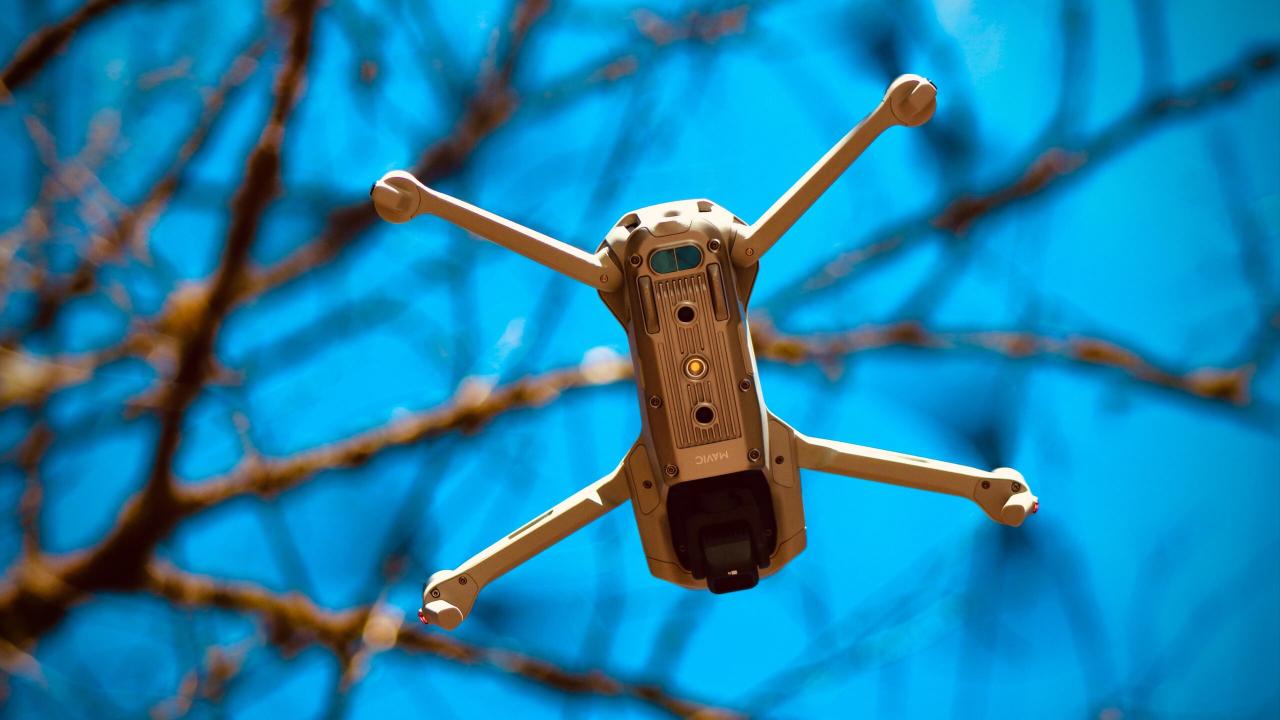
The Paris drone crash, while thankfully not resulting in widespread devastation, had a significant impact on the city and its residents. The immediate aftermath involved a complex interplay of emergency response, investigation, and the ripple effects felt across various sectors. Understanding these impacts is crucial for assessing the event’s consequences and informing future drone regulations.
Injuries and Damages
The drone crash caused minor injuries to three individuals near the crash site. These injuries primarily consisted of superficial cuts and bruises from debris. Material damage was limited to several damaged vehicles and some broken windows in nearby buildings. Fortunately, the drone did not impact any major infrastructure or densely populated areas, minimizing the extent of the physical damage.
The relatively low level of injuries and property damage was largely due to the smaller size of the drone and the relatively low altitude at which it was operating when it malfunctioned.
Emergency Response
Emergency services responded swiftly to the incident. Police secured the crash site, preventing further access and ensuring public safety. Paramedics provided immediate medical assistance to the injured individuals, transporting them to nearby hospitals for further evaluation and treatment. Firefighters assessed the scene for potential hazards, such as fire or further structural damage, and worked to clear the debris.
The coordinated response from various emergency services minimized the disruption and ensured a rapid and effective handling of the immediate aftermath.
Investigation into the Crash
Following the emergency response, a thorough investigation was launched to determine the precise cause of the drone crash. This involved analyzing the drone’s flight data recorder (if available), examining the drone’s physical components for signs of malfunction, and interviewing witnesses. Investigators also looked into potential contributing factors such as weather conditions, possible mechanical failure, or operator error. The investigation aimed to establish a clear timeline of events and identify any factors that may have contributed to the incident.
Similar investigations into drone accidents often involve examining maintenance logs, pilot certification, and air traffic control records.
Long-Term Effects on Drone Regulations
The Paris drone crash is likely to have long-term consequences for drone regulations within the city. The incident might lead to stricter regulations regarding drone operation, including designated flight zones, mandatory pilot training and licensing, and more stringent registration requirements. There could also be an increased focus on drone technology safety features, such as improved fail-safe mechanisms and remote kill switches.
Similar incidents in other major cities have often resulted in stricter regulations and a greater emphasis on safety protocols. For example, following several near-misses, New York City implemented stricter regulations concerning drone flights near airports and other sensitive areas.
Comparison of Immediate and Long-Term Impacts
| Impact Category | Immediate Impact | Long-Term Impact | Example |
|---|---|---|---|
| Injuries | Minor injuries to three individuals. | Increased awareness of potential risks leading to improved safety measures. | Implementation of mandatory safety training for drone pilots. |
| Property Damage | Limited damage to vehicles and buildings. | Potential for increased insurance costs and stricter liability regulations. | Increased insurance premiums for drone operators. |
| Public Response | Swift emergency response and site security. | Increased public scrutiny and potential for negative media coverage affecting tourism. | Public discourse on drone safety and regulations. |
| Regulatory Changes | Temporary flight restrictions in the area. | Implementation of stricter drone regulations, including flight restrictions and licensing requirements. | Establishment of designated drone flight zones within Paris. |
Drone Regulations and Safety
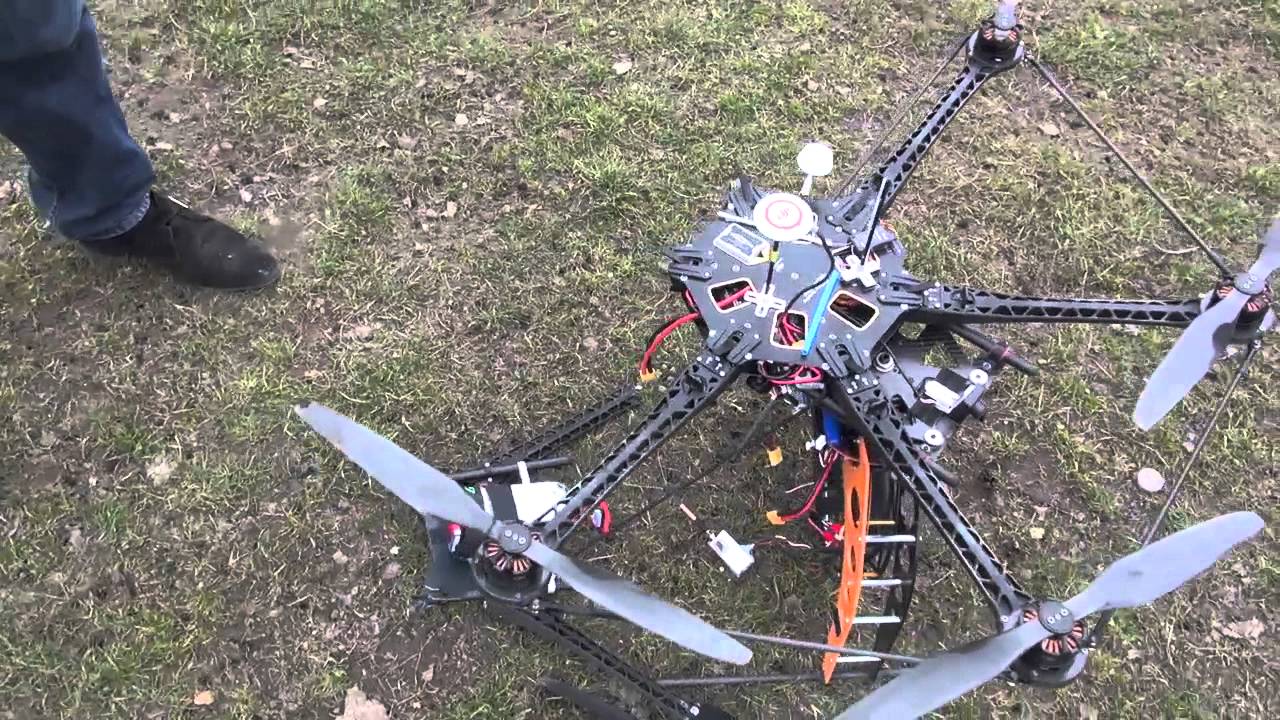
The Paris drone crash highlights the critical need for robust and effectively enforced drone regulations. Understanding the current legal framework governing drone operation in Paris and France, and comparing it to other major cities, is crucial for preventing future incidents and ensuring public safety. This section will examine existing regulations, their enforcement, and potential improvements to drone safety protocols.
Current Drone Regulations in Paris and France
France, like many countries, has specific regulations regarding drone operation. These regulations cover aspects such as drone registration, pilot certification, operational limitations (flight altitude, distance from populated areas, nighttime flights), and airspace restrictions. Specific regulations within Paris may be stricter due to the high population density and presence of significant landmarks. For example, flights near the Eiffel Tower or other sensitive locations are likely heavily restricted or prohibited entirely.
These rules are primarily Artikeld in French civil aviation regulations (DGAC) and are subject to change. Enforcement relies on a combination of police patrols, drone detection systems, and citizen reporting.
Comparison of Drone Regulations Across Major Cities
The regulatory landscape for drones varies considerably across major cities globally. While many cities have implemented some form of drone regulation, the specifics differ significantly. Enforcement mechanisms also vary widely, from dedicated drone police units to reliance on self-reporting and post-incident investigation. The effectiveness of these regulations is often debated, with some cities experiencing greater success in preventing unsafe drone operation than others.
| City | Regulation | Enforcement | Effectiveness |
|---|---|---|---|
| Paris, France | Registration required, flight restrictions near sensitive areas, altitude limits, pilot certification may be required depending on drone weight and use. | Police patrols, drone detection systems, citizen reporting. | Effectiveness varies; enforcement challenges exist due to the difficulty of monitoring airspace and identifying unauthorized operators. |
| New York City, USA | Requires registration with the FAA, various airspace restrictions, limitations on commercial operations. | FAA oversight, NYPD involvement in specific cases. | Moderate effectiveness; enforcement challenges persist, especially with small, unregistered drones. |
| London, UK | Similar to France, with strict regulations around airports and other sensitive areas, registration and operator certification may be required. | Civil Aviation Authority (CAA) oversight, police involvement. | Generally considered effective, though enforcement challenges remain for smaller, recreational drones. |
| Tokyo, Japan | Strict regulations focusing on airspace restrictions, operator certification, and limitations on commercial operations. | Strong enforcement by the Japanese Ministry of Land, Infrastructure, Transport and Tourism (MLIT). | High effectiveness due to stringent regulations and robust enforcement. |
Effectiveness of Existing Safety Measures
Existing safety measures, including regulations, technological solutions (like geofencing and drone detection systems), and public awareness campaigns, have shown varying degrees of success. While regulations provide a framework, their effectiveness hinges on consistent enforcement. Technological solutions offer potential for improved monitoring and prevention of unauthorized flights, but their widespread adoption and effectiveness are still developing. Public awareness campaigns can encourage responsible drone use, but they are not a substitute for strong regulations and enforcement.
That Paris drone crash got everyone talking about drone safety, right? It makes you wonder about the infrastructure needed for widespread drone use, especially considering ambitious projects like Amazon’s drone delivery program. Check out this map showing potential amazon drone delivery locations to see how they’re planning to manage things. Ultimately, incidents like the Paris crash highlight the challenges involved in making large-scale drone operations safe and reliable.
The effectiveness of these measures is often hampered by factors such as the ease of acquiring drones, the difficulty of tracking unregistered drones, and the limitations of current detection technologies.
Potential Improvements to Drone Safety Protocols
Several improvements could enhance drone safety protocols. These include: strengthening existing regulations, increasing penalties for violations, investing in more advanced drone detection and identification technologies, developing robust geofencing systems, and promoting standardized pilot training programs. Collaboration between government agencies, drone manufacturers, and the drone community is crucial for implementing these improvements effectively. For example, implementing mandatory drone identification systems, similar to license plates for cars, could significantly improve tracking and enforcement.
Furthermore, improving the accuracy and range of drone detection systems, including those using AI, would allow for proactive identification and intervention before incidents occur. The development of more sophisticated geofencing technologies, capable of adapting to dynamic airspace changes, would also significantly reduce the risk of unauthorized flights in sensitive areas.
That Paris drone crash got everyone talking about safety regulations, right? It made me think about similar incidents, like that orlando drone show accident , which highlighted the importance of thorough pre-flight checks and contingency plans. Ultimately, both incidents underscore the need for stricter safety protocols to prevent future drone mishaps in crowded areas.
Public Perception and Media Coverage
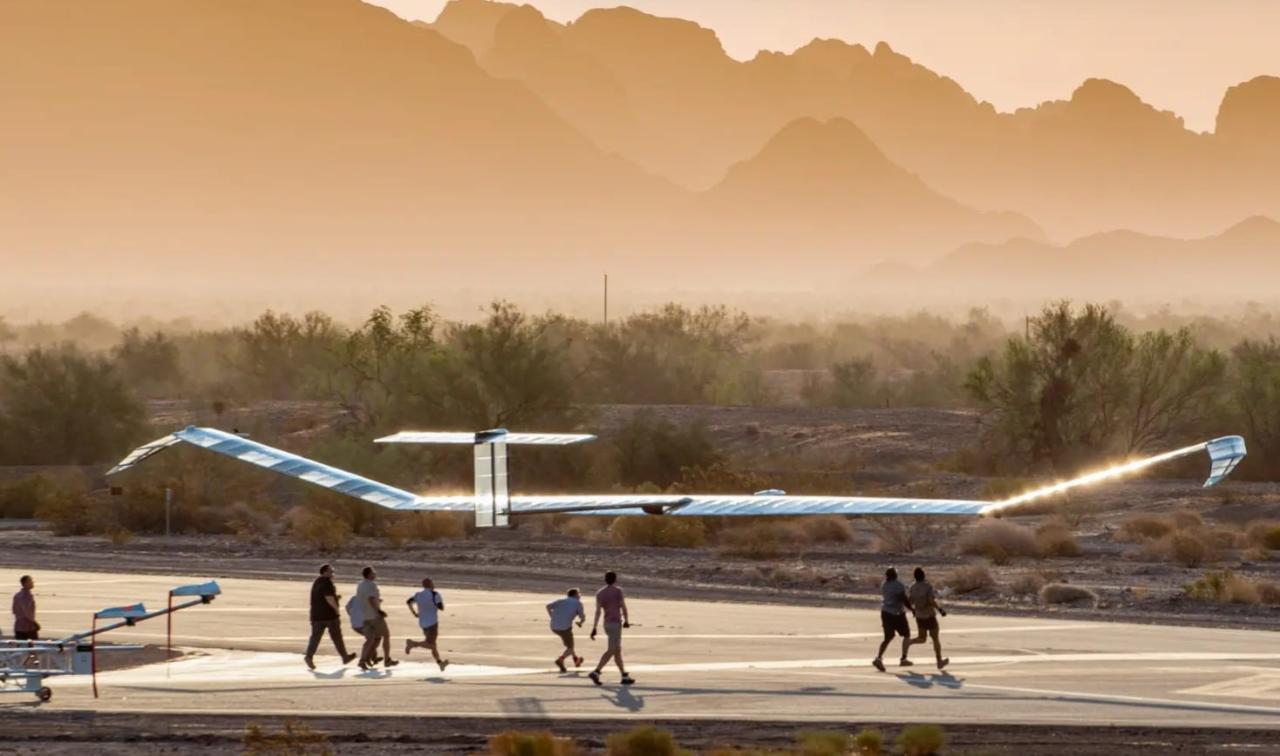
The Paris drone crash garnered significant media attention, both domestically in France and internationally. The incident’s proximity to iconic landmarks and the potential for greater harm fueled widespread reporting across various news outlets, from major television networks to online news sites and social media platforms. The initial reports focused on the immediate aftermath, emphasizing the disruption caused and the search for the drone operator.
Subsequent coverage delved deeper into the investigation, potential causes, and the broader implications for drone safety regulations.Media coverage of the event was characterized by a mix of factual reporting and sensationalism. While many outlets provided accurate details of the incident and the ongoing investigation, others focused on the more dramatic aspects, potentially exaggerating the risks associated with drone technology.
The visuals of the drone near the Eiffel Tower, often accompanied by dramatic music and narration, contributed to a heightened sense of urgency and concern among viewers. The public’s access to various news sources and perspectives also influenced the overall perception of the incident.
Media Coverage Summary, Paris drone crash
News coverage ranged from initial reports of the crash and its immediate impact to in-depth analyses of the investigation’s findings, potential causes, and proposed regulatory changes. Major news organizations, including international news agencies, covered the event extensively, providing updates on the investigation and interviews with experts. Online news sites and blogs also played a significant role in disseminating information and opinions, often faster than traditional media.
The visual element of drone footage, often shown in news reports, contributed to the public’s understanding of the incident’s scale and impact.
Public Reaction to the Drone Crash
Public reaction to the Paris drone crash was varied. Initial responses expressed shock and concern over the potential for harm to people or property. Many expressed frustration at the recklessness of the drone operator, highlighting the need for stricter regulations and increased public awareness of drone safety. Social media discussions were filled with a mixture of outrage, concern, and debate about the appropriate level of drone regulation.
Some commentators viewed the incident as an isolated event, while others saw it as a sign of the growing dangers associated with unregulated drone use in densely populated areas.
Impact on Public Perception of Drone Technology
The incident undeniably impacted public perception of drone technology. While many already viewed drones as potentially beneficial tools in various sectors, the Paris crash served as a stark reminder of their potential dangers. This event heightened concerns about safety and security, particularly in urban environments. The incident fueled discussions about the need for better drone identification systems, more stringent regulations, and improved public education campaigns on responsible drone operation.
So, you’ve heard about the Paris drone crash? It’s a pretty big deal, raising serious questions about drone safety regulations. For more details and updates on this incident, check out this informative article about the paris drone crash and its aftermath. Understanding the specifics of this event is crucial for improving drone safety protocols in the future.
This led to a more nuanced public understanding of drones, moving beyond the initial excitement and hype surrounding the technology to a more critical assessment of its risks and benefits.
Role of Social Media in Shaping Public Opinion
Social media platforms played a crucial role in shaping public opinion surrounding the Paris drone crash. The immediate dissemination of images and videos of the drone near the Eiffel Tower, coupled with eyewitness accounts and speculation, quickly spread across various platforms. This rapid spread of information, often unverified, contributed to both heightened concern and misinformation. Social media also served as a platform for discussions about the incident, with users sharing opinions, expressing concerns, and debating the appropriate responses.
The speed and reach of social media amplified the impact of the event, influencing both public perception and the subsequent media coverage.
Key Themes in Media Coverage and Public Reaction
The following points summarize the key themes that emerged in media coverage and public reaction to the Paris drone crash:
- Concern over safety and security risks associated with drones.
- Debate over the need for stricter drone regulations and enforcement.
- Emphasis on the importance of responsible drone operation and public awareness.
- Discussion of technological solutions for improving drone identification and tracking.
- Mixed public reaction, ranging from shock and concern to frustration and calls for stricter rules.
Illustrative Scenario (No Image Links)
Let’s paint a picture of the events leading up to and immediately following the Paris drone crash, using descriptive language to visualize the scene. We’ll focus on the moments before impact and the immediate aftermath.Imagine the drone, a sleek, dark grey quadcopter, silently navigating the Parisian sky. The sun is beginning to set, casting long shadows across the city’s iconic architecture.
The sky is a vibrant blend of oranges, pinks, and purples, a beautiful but potentially deceptive backdrop. The drone is on a pre-programmed flight path, its propellers whirring steadily as it moves towards its destination, a point somewhere near the Eiffel Tower. Below, the streets are bustling with the usual evening activity; cars honk, people chat, and the distant sounds of a street performer’s music mingle with the drone’s quiet hum.
Several tall buildings, their windows reflecting the fiery sunset, surround the drone’s flight path. A sudden gust of wind, stronger than anticipated, catches the drone, causing it to veer slightly off course. A nearby crane, its arm extending high into the sky, presents an unforeseen obstacle.
Drone Trajectory and Surrounding Environment Before Impact
The drone, momentarily buffeted by the wind, begins a slight descent. Its trajectory, once straight and predictable, now curves unpredictably. The increased wind speed and the proximity to the crane create a precarious situation. The buildings loom large, their architectural details visible even from the drone’s perspective. The vibrant colours of the sunset contrast sharply with the cold grey of the drone’s body.
The drone’s onboard sensors, perhaps overwhelmed by the sudden change in wind conditions, struggle to compensate. The sounds of the city, previously a distant hum, become more pronounced as the drone descends. The last few moments before impact are a blur of shifting perspectives and the rapidly approaching ground.
Crash Site Immediately Following the Incident
The impact is abrupt. The drone’s frame is shattered, its propellers scattered across a small area. Pieces of plastic and metal litter the ground, some embedded in the nearby cobblestones. The drone’s battery, miraculously intact, lies a few feet from the main wreckage. The previously vibrant colours of the sunset are now muted by the dust and debris kicked up by the crash.
Emergency responders, alerted by witnesses, arrive quickly. They secure the area, assessing the damage and checking for injuries (fortunately, none are reported in this scenario). The scene is chaotic yet controlled, a mix of shattered technology and the efficient response of emergency personnel against the backdrop of the still-beautiful, yet now somber, Parisian sky.
Closing Notes
The Paris drone crash serves as a stark reminder of the potential risks associated with drone technology, even in regulated environments. While the immediate aftermath involved assessing damage and initiating investigations, the long-term consequences are likely to shape future drone regulations and safety protocols in Paris and beyond. The incident underscores the need for a proactive approach to drone safety, balancing innovation with robust regulatory frameworks and public awareness campaigns.
The lessons learned will hopefully contribute to safer integration of drones into our increasingly complex urban landscapes.
FAQ Guide: Paris Drone Crash
What type of drone was involved in the Paris drone crash?
Further investigation is needed to publicly identify the make, model, and specifications of the drone.
Were there any witnesses to the Paris drone crash?
Information regarding witness accounts is generally part of the official investigation and may not be immediately public.
How did the media portray the Paris drone crash?
Initial media coverage likely focused on the immediate aftermath and the ongoing investigation, with later reports analyzing the impact on drone regulations and public perception.
What is the current status of the investigation?
The status of the investigation is subject to change and should be checked with official sources for the most up-to-date information.
